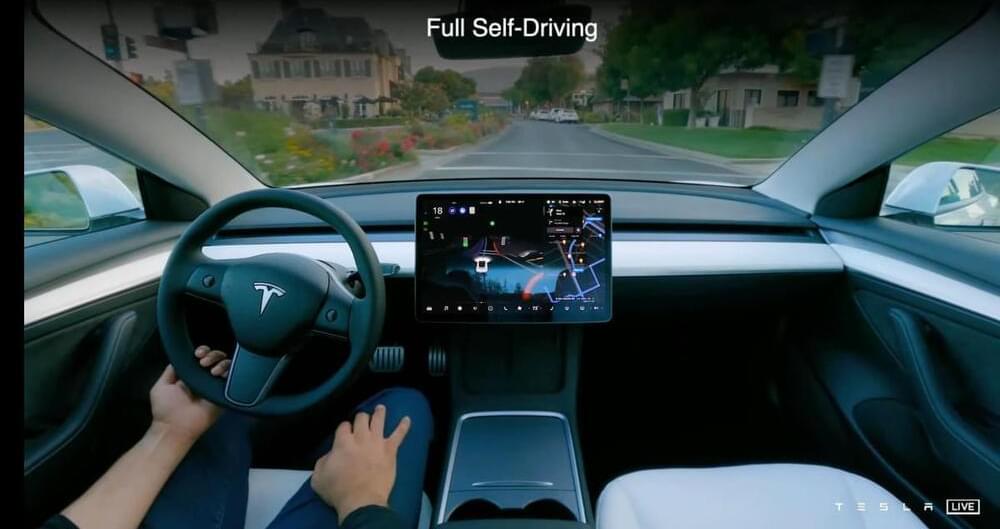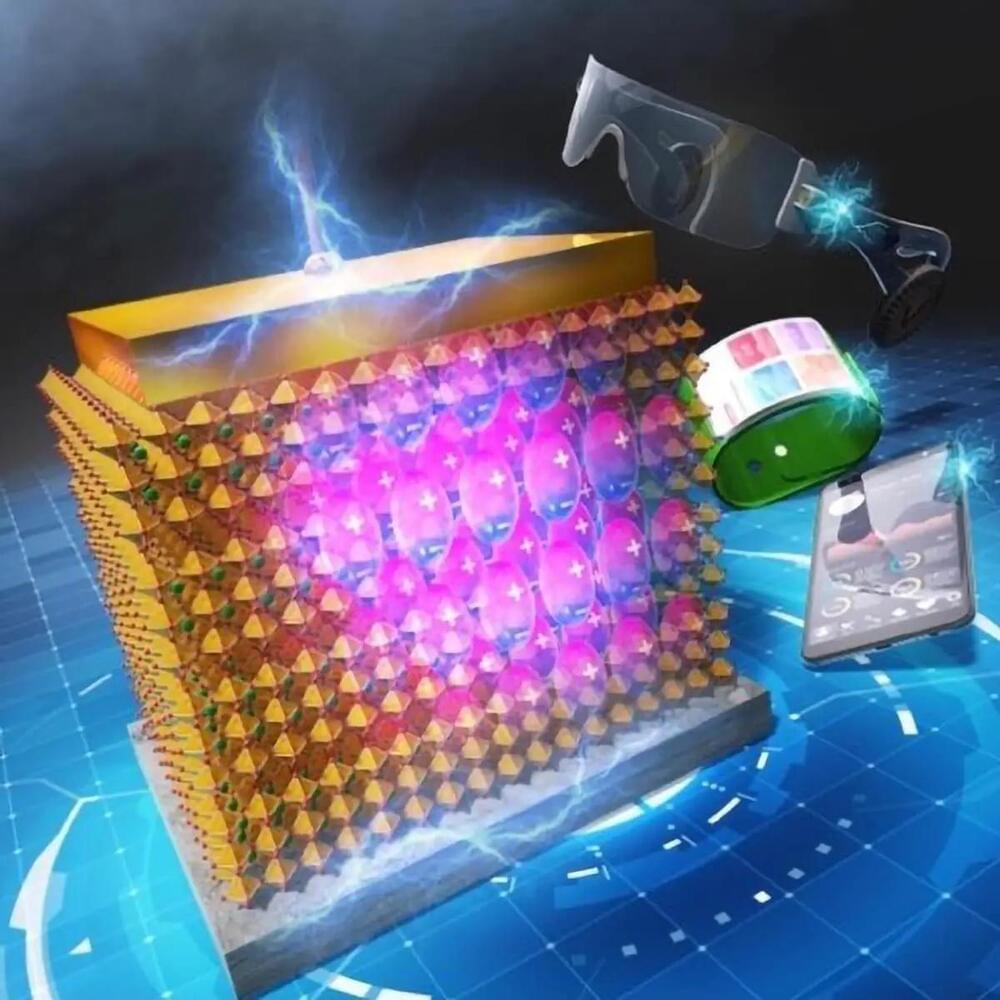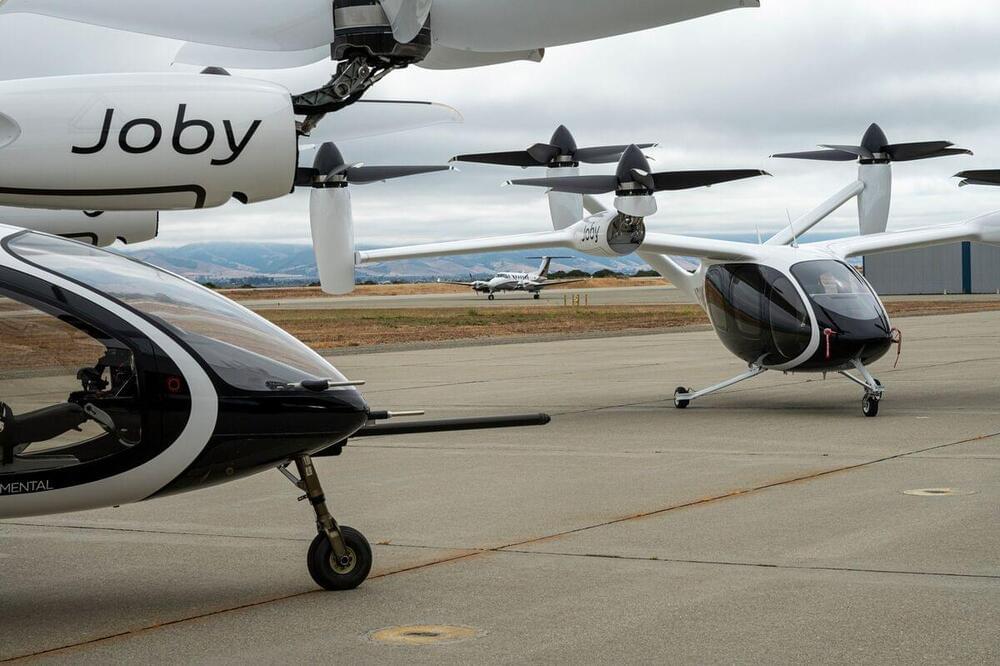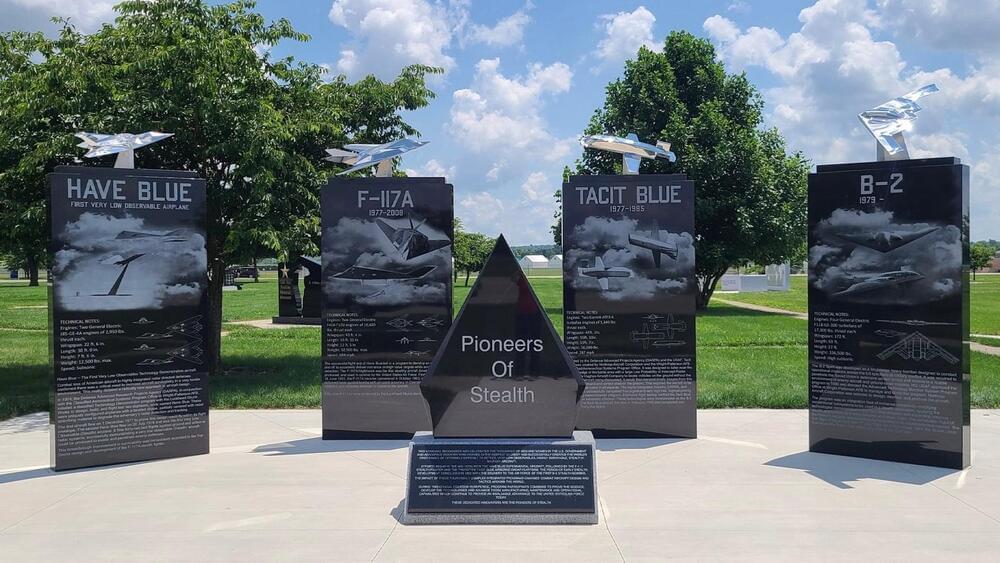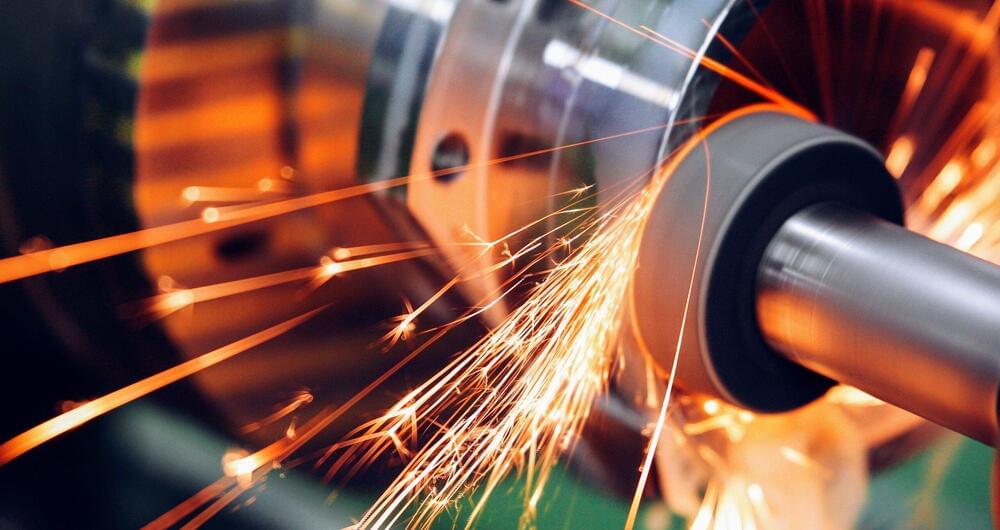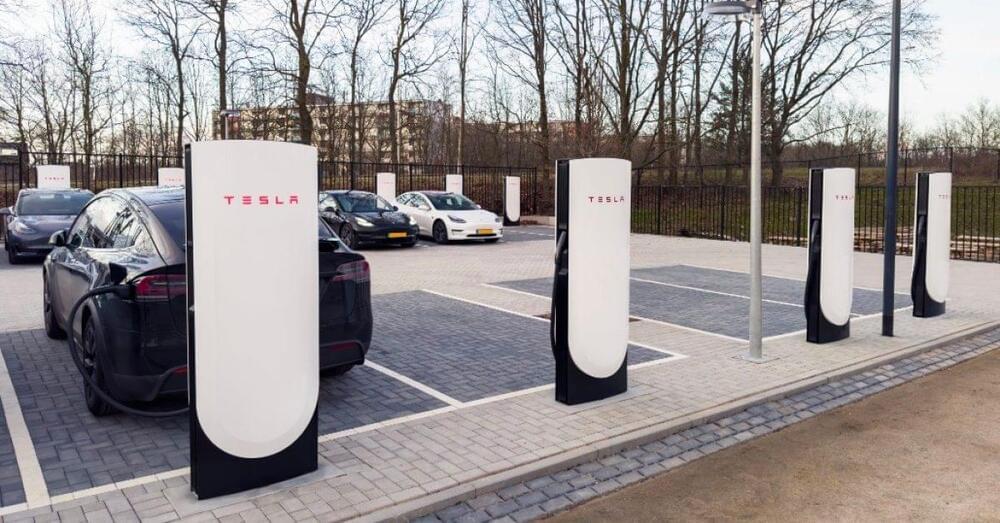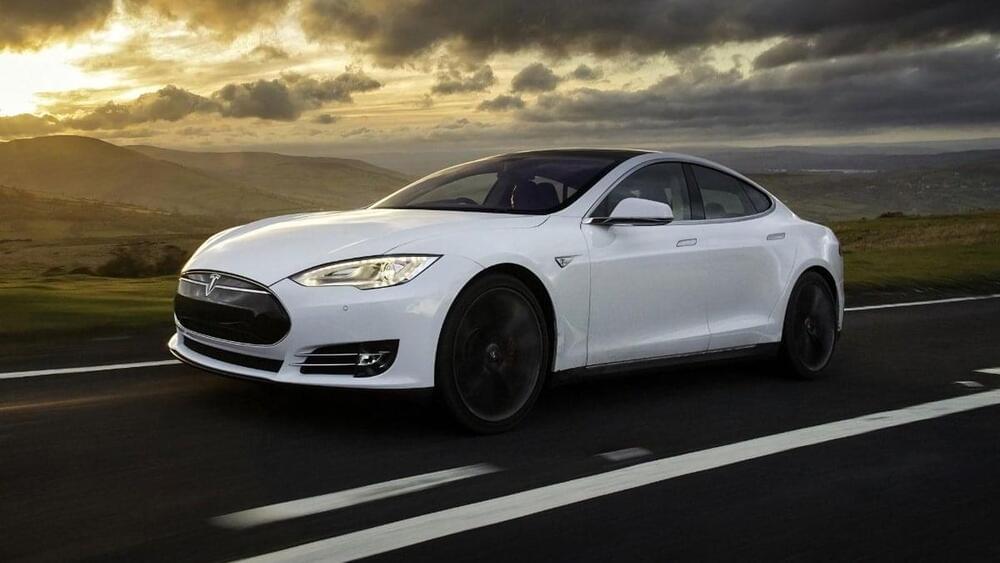The prime contractor for the memorial was Morrison Monuments which has experience creating large-scale civic memorials of various shapes and sizes. Based out of Bellbrook, Ohio, Morrison Monuments was responsible for producing the four individual aircraft obelisks with wording and graphics, the center dedication obelisk, the concrete pad on which the memorial stands, the aircraft models and poles, and installing the memorial at the NMUSAF. A subcontractor, Spradlin Brothers of Springfield, Ohio, made the aircraft models.
In total, the project cost The Pioneers of Stealth $254,350, which the group was able to raise via internal fundraising. $234,850 of that total went towards the Morrison Monuments contract, while the remaining $19,500 has been paid to the Air Force Museum Foundation for “perpetual care” of the monument.
Plans for the memorial have been several years in the making. Back in early 2021, The Pioneers of Stealth initiated the ‘concept exploration’ phase for the memorial — during which members’ design concepts and inscription ideas were submitted for review by a special memorial committee. While the location for the memorial was already agreed upon, the design, graphics, and aircraft models to feature still needed to be narrowed down. The deadline for the first round of members’ entries was July 4, 2021.
